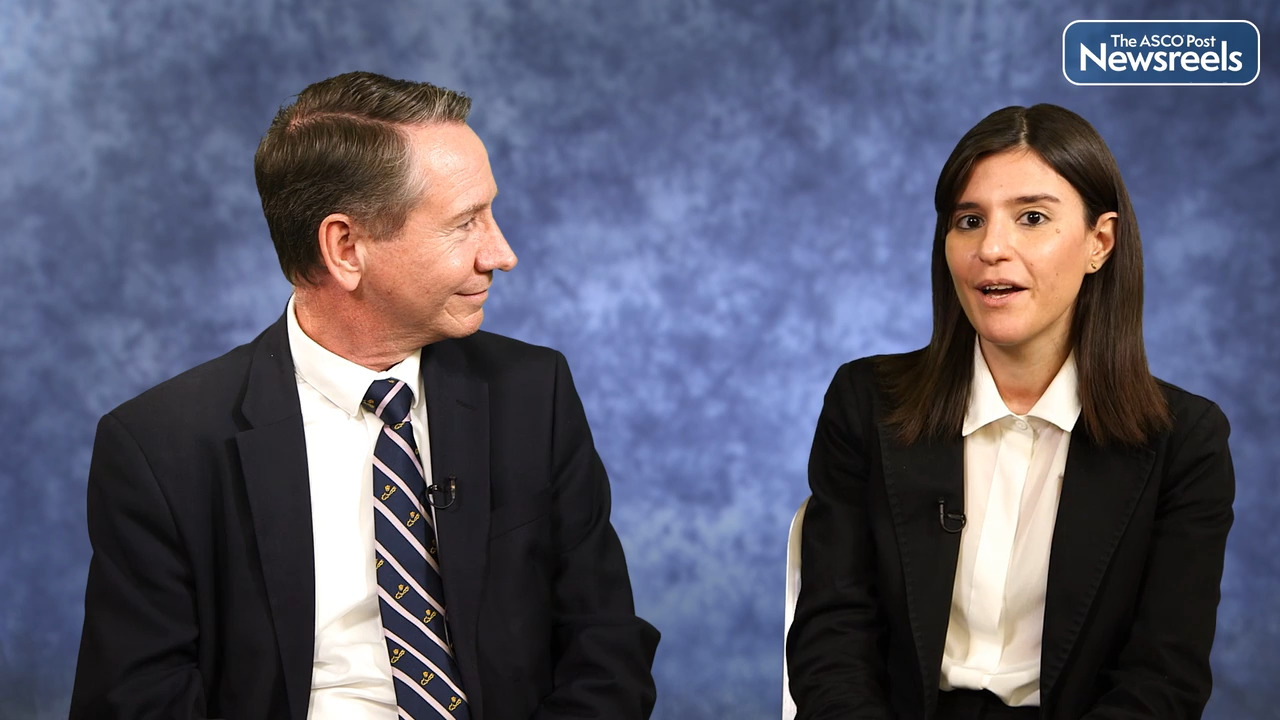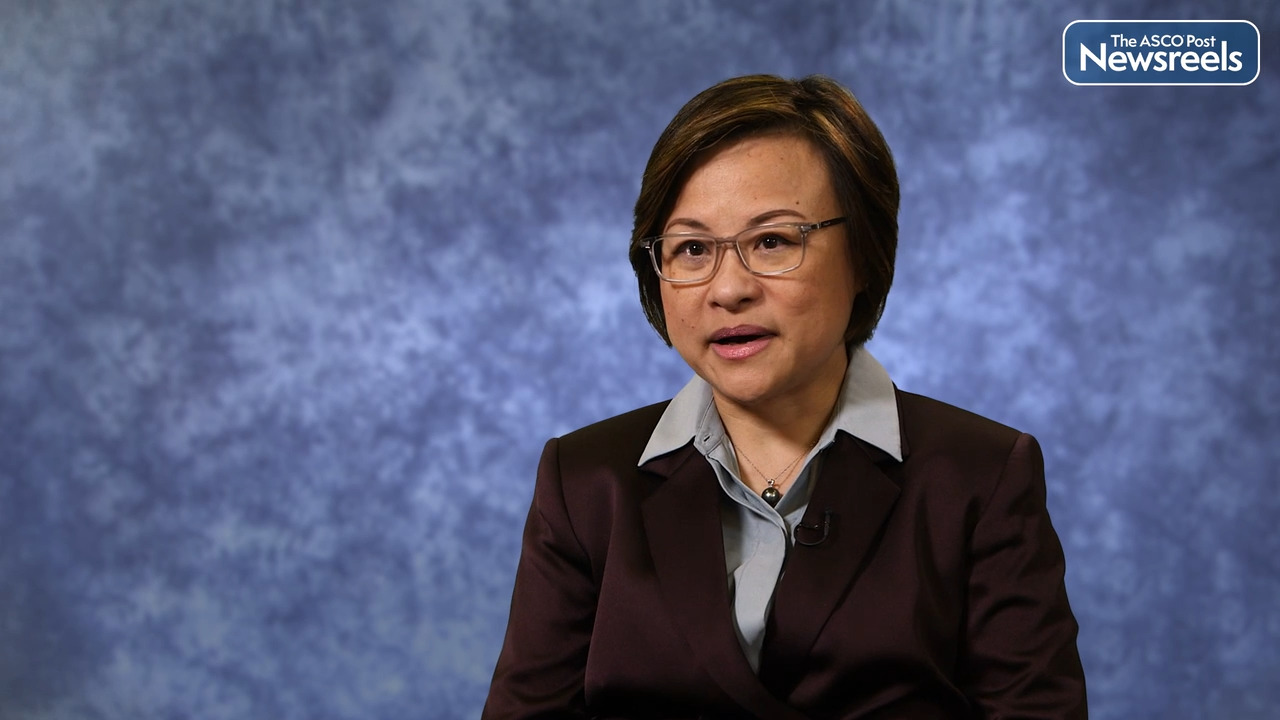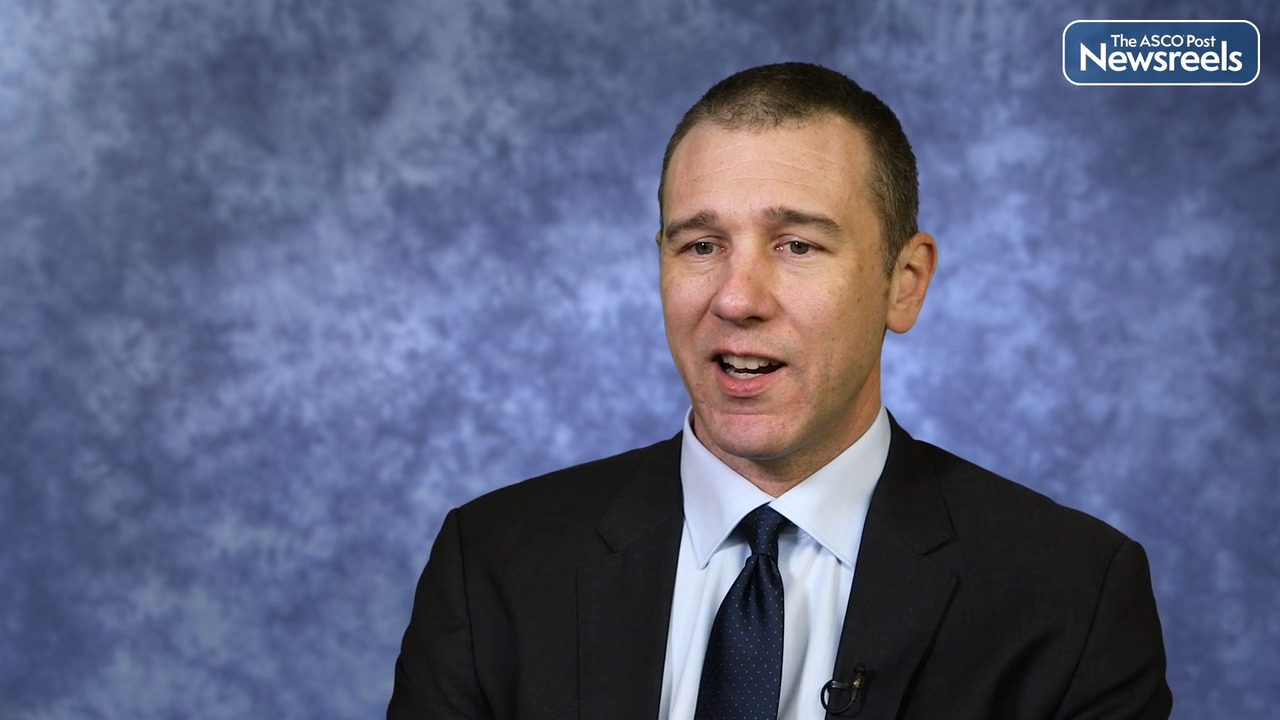Transcript
Disclaimer: This video transcript has not been proofread or edited and may contain errors.
Children with Down syndrome have an increased susceptibility to leukemia. This is an important topic and a relevant topic for hemato-oncologists, both because Down syndrome is a relatively common cause of morbidity and premature mortality worldwide, but also because it offers us scientific insights into the impact of Trisomy 21, and probably aneuploidy in general into the behavior of hemopoietic cells. Now, one of the interesting things is that both acute myeloid leukemias and acute lymphoblastic leukemias are increased in children with Down syndrome, and it's particularly young children that are affected by these leukemias. This increase in leukemia occurs actually at the expense of a reduction in solid tumors. Solid tumors occur at only half the expected incidence in individuals with Down syndrome, with the exception of germ cell tumors that is.
Let's consider first myeloid leukemias of Down syndrome, which are a unique form of acute myeloid leukemia, and present usually in children under the age of four years. Myeloid leukemias in Down syndrome are typically erythro and megakaryoblastic, and they are initiated in utero. In many cases, they're preceded by an overt form of neonatal pre-leukemia called transient abnormal myelopoiesis or TAM. But this may be completely clinically silent. We know that both TAM and ML-DS are caused by somatic mutations in the Megacaryocyte Erythroid transcription factor, GATA-1. We now know that the frequency of these mutations is particularly high in neonates with Down Syndrome. However, in most cases, these mutations resolve completely over the first two to three months of life. In about 20% of cases, however, mutant GATA-1S containing cells persist and acquire additional mutations, and it's that scenario that gives lives to the condition, ML-DS. Usually when the mutations are loss of function mutations in cohesive genes. The risk of transformation to ML-DS is highest in those with an increased disease burden, and we know that this cannot be prevented by current therapies.
Now, in contrast to ML-DS, acute lymphoblastic leukemia in Down Syndrome is not caused by mutations in GATA-1. Instead, there are a number of other distinctive features of ALL in Down syndrome. For example, it's always B-lineage, and T-lineage in infant leukemia is extremely rare in Down syndrome. The mutations which are known to cause leukemia in children with Down syndrome involve mutations of the CRLF2 receptor gene, often in combinations with activation mutations in the JAK2 gene, or for those that are JAK2 wild-type RARS mutations. From the clinical point of view, the importance of ALL in Down syndrome is that the outlook of treatment for children with Down syndrome is inferior to those who do not have Down syndrome.
Now, one of the big questions in the field is why it is that Trisomy 21 is associated with such a high risk of leukemia, and current views about the mechanisms postulate that this is likely to involve a combination of altered gene dosage of epigenetic adaptations to mitigate the potentially adverse effects of increased gene expression by chromosome 21, and in the setting of childhood leukemia, in particular, the impact of Trisomy 21 on the microenvironment and the interaction of all of these factors with ontogeny-related gene expression programs.





